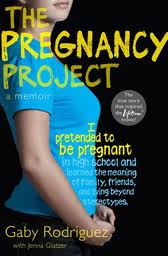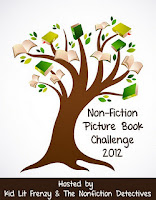by Loreen Leedy
Holiday House, 2012
ISBN: 9780823423606
(Gr. 2-5)
The reviewer received a copy of the book from the publisher.
Not many math picture books are published each year, so I was excited to see Loreen Leedy's new book about symmetry. Leedy is known for writing excellent nonfiction picture books such as Mapping Penny's World, Measuring Penny, and Follow the Money.
Seeing Symmetry introduces young readers to the concept of symmetry through colorful illustrations of animals, letters, buildings, and other familiar objects. The illustrations were created using Photoshop and Adobe Illustrator. Captions and labels effectively point out the symmetry in each illustration. Leedy begins with the basic definition of symmetry and progresses to more complex concepts such as vertical symmetry, horizontal symmetry, and rotational symmetry. Children will enjoy trying to answer the questions posed throughout the book. On one page showing various words in different color fonts, readers are asked: "How many of these words have a horizontal line of symmetry?"
According to the notes on the copyright page, the book "meets the Common Core State Standards for fourth-grade mathematics in geometry: identify line-symmetric figures and draw lines of symmetry." A glossary in the back of the book defines the math terms used in the book. An author's note points out several animals in nature that are not symmetrical (conch, narwhal, flounder, etc...). Leedy also provides readers with symmetry activities to try at home using paper and paint.
Teachers will find Leedy's latest book invaluable in introducing and reinforcing the concept of symmetry while children will have a blast exploring the book and looking for symmetry in the world around them.
Seeing Symmetry Book Trailer









